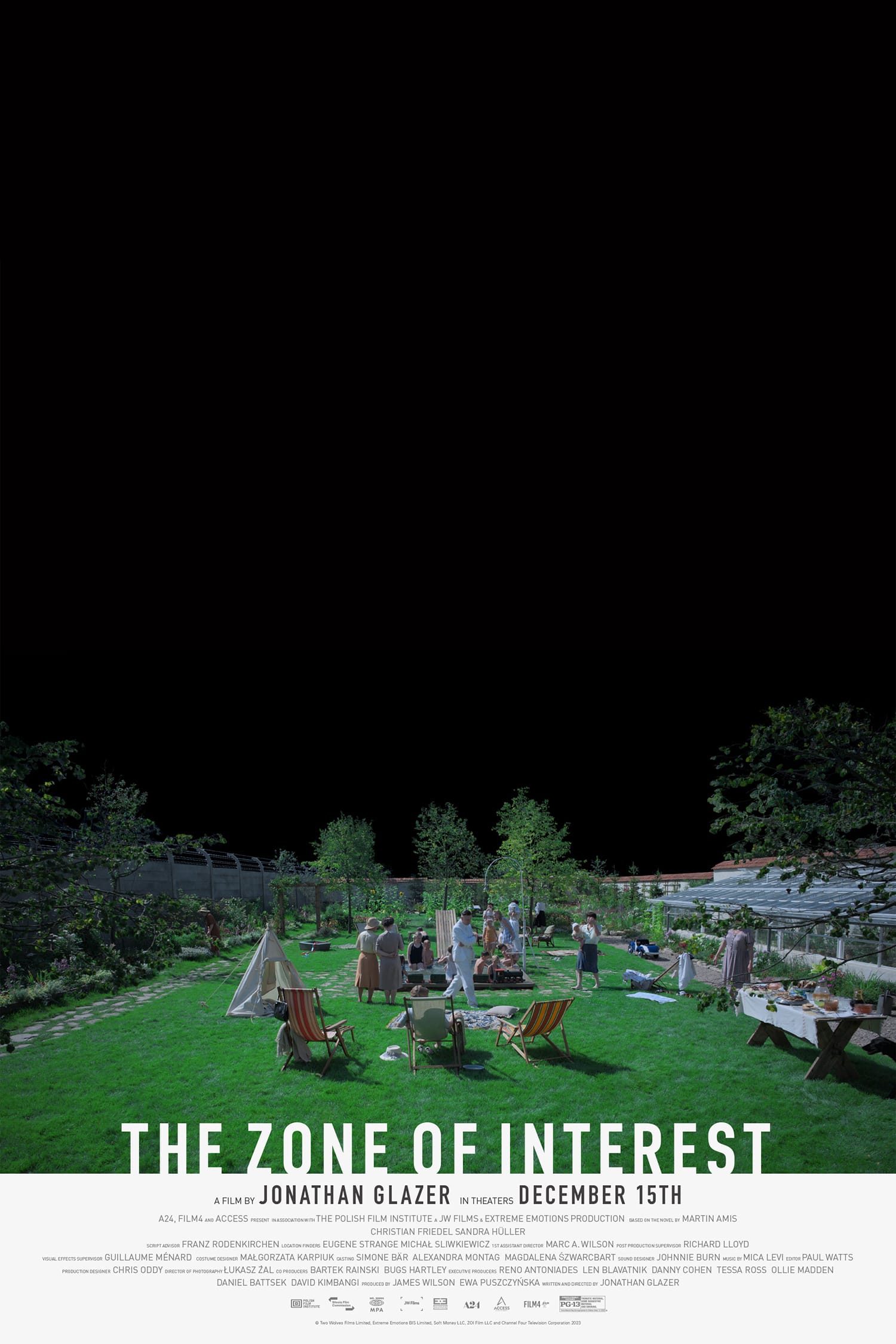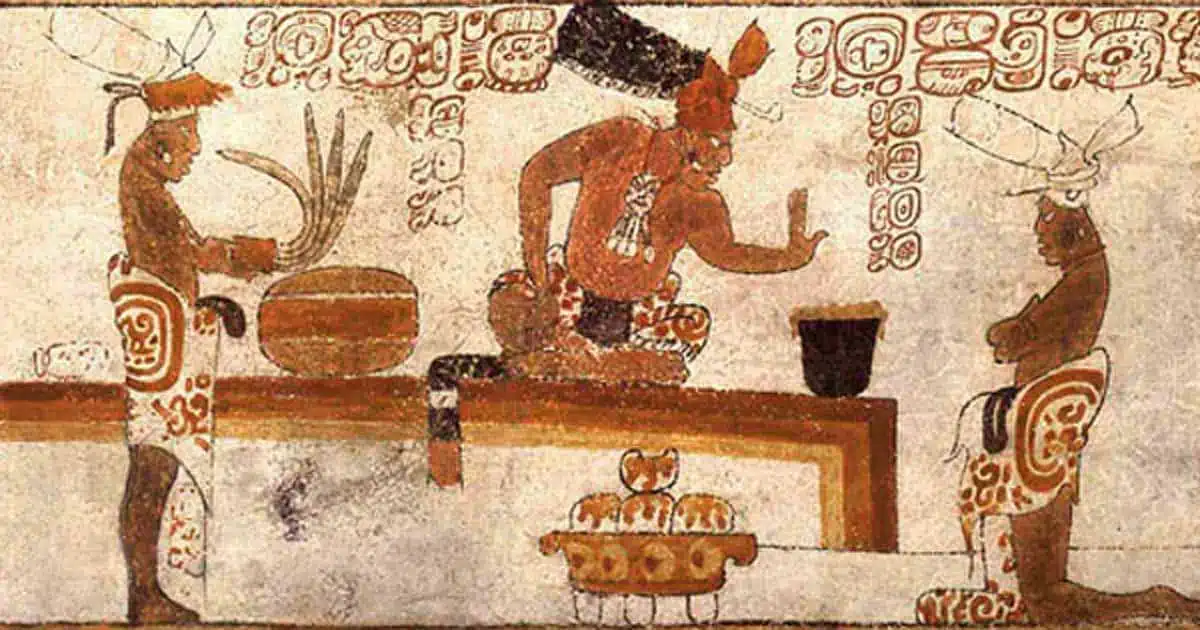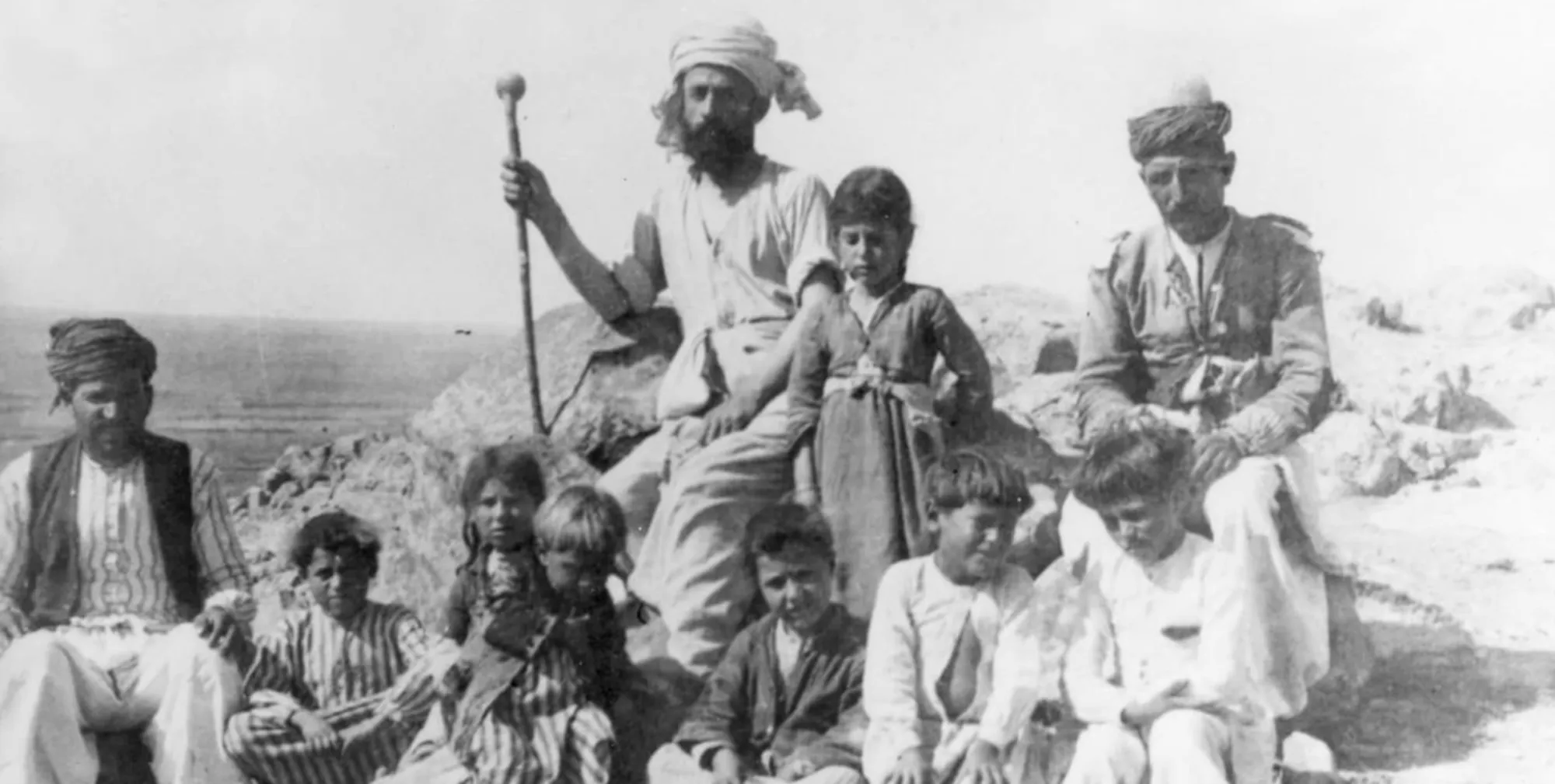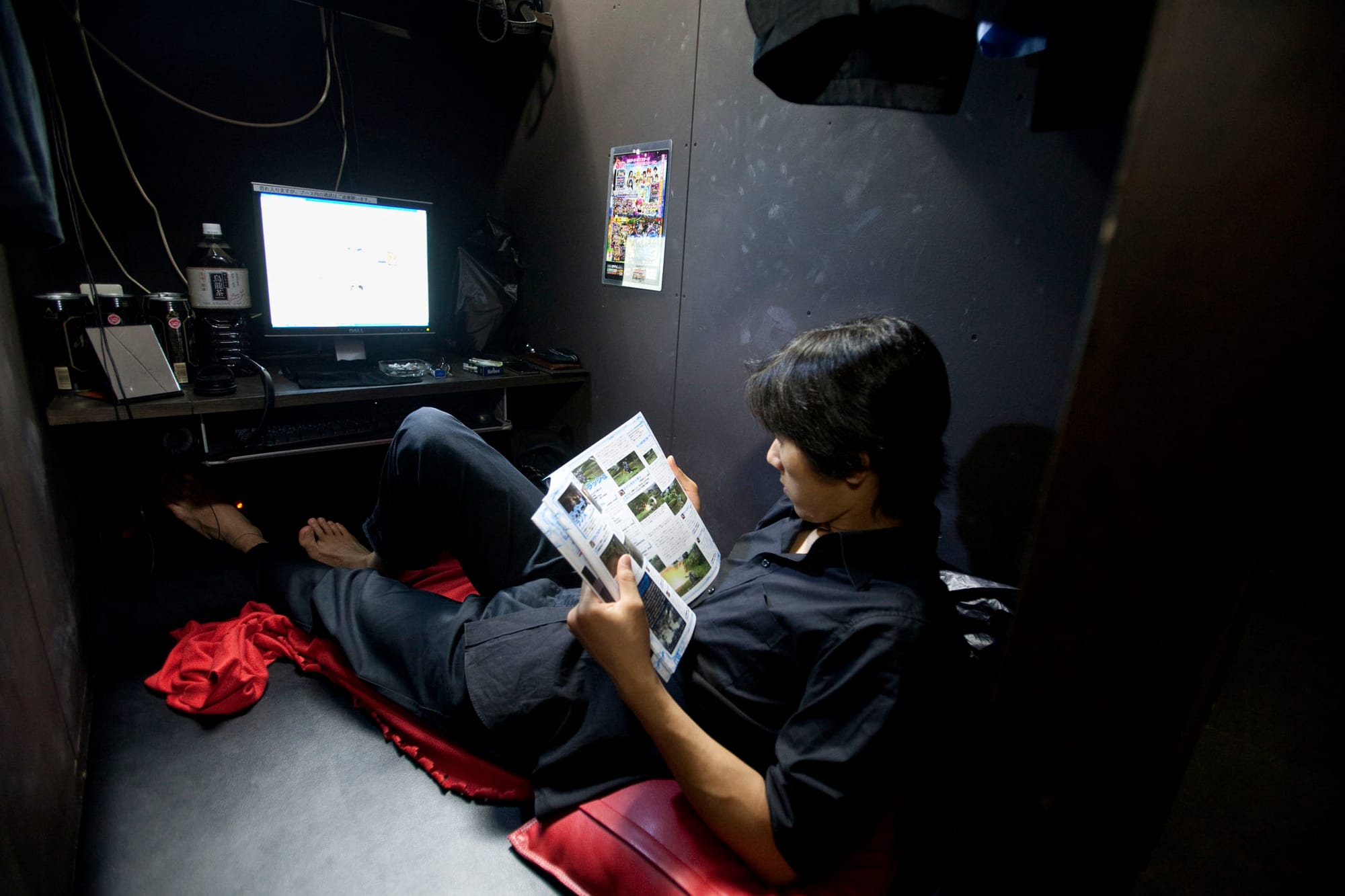The screen stays black, and for a short while we simply listen to the lively spring birdsong and calmly chattering voices alongside the gently flowing water. We cannot see, only hear – a theme we later discover prevails throughout the film. This darkness then cuts to a wide shot of a beautiful family enjoying the scenic river and abundance of summer colours. We follow the family home as they go to bed, tired after a long day of fun.
The next morning, it is the father’s birthday; and after a short moment of celebration, he announces he must get to work. Rudolf Höss puts on his SS uniform and walks out of the front door, and the camera shifts to show that his idyllic home is in fact in the shadow of the Auschwitz concentration camp.
The rest of the Polish-made, German-scripted film can only be described as a masterclass in its representation of what Hanna Arendt called the “banality of evil”, as we follow the seemingly mundane and uneventful life of the commandant of the camp and his wife, Hedwig. Based on Amis’ eponymous novel, director Jonathan Glazer has intentionally removed many of the original twists and intricacies of the original, in favour of a film in which we are met with no real plot. Rudolf fights his superiors (they seek to relocate him to another camp due to his proven ruthless efficiency), as he does not wish to move away from the house that he thinks of as an “Edenic Paradise”. In contrast, Hedwig spends her time showing her mother the dahlias and roses in her barbed wire enclosed garden, or trying on looted clothes from the prisoners just over the fence.
And thus Glazer gives us this eery juxtaposition – that is of the world in which we see, and the world in which we hear. In the opening of the film, what we hear – the summer afternoon – reflects the calming scene that we later see. But for the rest of the film, that is not the case. What we see seems, at least in the characters’ minds, completely detached from what we hear. To achieve this effect Glazer separated the film into two parts – “Film 1” and “Film 2”. In “Film 1”, the goal in mind was to show the life of this idyllic Nazi family in as unglorified and authentic terms as possible. Scenes around the house are shot continuously, with cuts between various still, wide camera angles whilst much of the interior shots are lit only by natural light, and the outdoor shots are tainted with a slightly greyed filter. This style gives these scenes a remarkable sense of authenticity and reality, fostering a feeling of proximity to the audience. And the use of sound design to add to this feeling of proximity is phenomenal: whereas most films use a crisp, focused sound design to allow us to focus on specific conversations or actions, here the ambient sound is fully present. No scene feels enclosed to that particular moment – we can hear the children playing outside against the backdrop of Hedwig conversing with her husband in the kitchen, and the clock ticks in the next room as Höss’ boots click down the hallway. It is this usage of a sound profile usually only heard in modern documentaries that makes us feel as if we truly are viewing a normal family from a distance.
“Film 2“, as one producer put it, was “like we were making an entirely separate film with no cameras.” It is this separate layer of sound design, which was later added to “Film 1”, that makes this film so uniquely nauseating. Here we listen to distant gunshots, the incomprehensible shouting of guards and harrowing, muffled screams coming from within the concentration camp. When combined, the juxtaposition created is extremely unsettling. Hedwig getting into her comfortable bed is only contrasted by mere suggestion of the truth; the scene is illuminated by a deep orange glow peeking through the curtains and a low, deep roaring of the distant incinerators. While not explicitly shown, the horrors of the Holocaust are clearly portrayed, and it seems that the film really utilises sound and lighting to convey this terror.
Not only does Glazer successfully show the suffering that took place in camps like Auschwitz through his utilisation of his soundscape to invoke our imagination, but he also provides us with a powerful juxtaposition between what we know, and what we choose to see. Rudolf and Hedwig know the truth – the real-life Höss was responsible for the murder of over three million people alone - but they choose not to see it or acknowledge it. We see through the same lens as they choose to; they never speak of the camp, and they try to ignore it. Similarly, we never see inside the camp but are constantly reminded of its presence through subtle aural and visual invocations. Through this unique microcosm, the Höss family give us the same perspective that millions of Germans who lived next to the ‘shadows’ of the Holocaust had. They knew the truth yet chose not to see it. We are “shown” and “told” about a perfect family, against the suppressed backdrop of the truth, just as the rest of German society presented itself as innocently family-focused and ignorant, against the backdrop of oppression and genocide in the Holocaust. The film is sickeningly and vividly substantial through its carefully organised lack of substance – I cannot recommend it enough.








